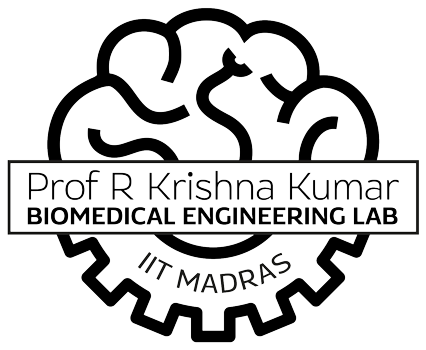An Automated Image Analysis Framework
Analysis of Fetal Ultrasounds
Fetal Ultrasound (US) screening is the global standard of care for monitoring the growth and the development of the fetus. Routine ultrasound screening during pregnancy can potentially diagnose many common birth defects such as congenital heart disease (CHD) and Neuro-developmental disorders (ND), and thus allowing for treatment planning and management after birth. Early detection of these defects are a priority for a country like India.
However, assimilation of birth defects with ultrasound scans is difficult and therefore under-detected in a majority of cases. This is primarily due to the inherent low image quality of the device, coupled with subtle variations between healthy and diseased brain and heart structures that are difficult to identify. Furthermore, tedious and time-consuming manual processes are currently needed to identify and analyse the images to detect birth defects.
To overcome these difficulties, our researcher Pradeeba Sridar designed and developed an automated framework comprising of four main modules, each of which addresses a particular image analysis challenge faced in the automated analysis of ultrasound images:
- An image classifier to distinguish the Brightness (B)-mode images from other ultrasound images such as B-mode, M-mode, Doppler ultrasound, ultrasound videos, 4D snapshots and dual displays
- A fetal image structure identifier to select ultrasound images containing user-defined fetal structures of interest (fSOI)
- A biometry measurement algorithm to measure the fSOIs in the images and
- A visual evaluation module to allow clinicians to efficiently validate the outcomes
